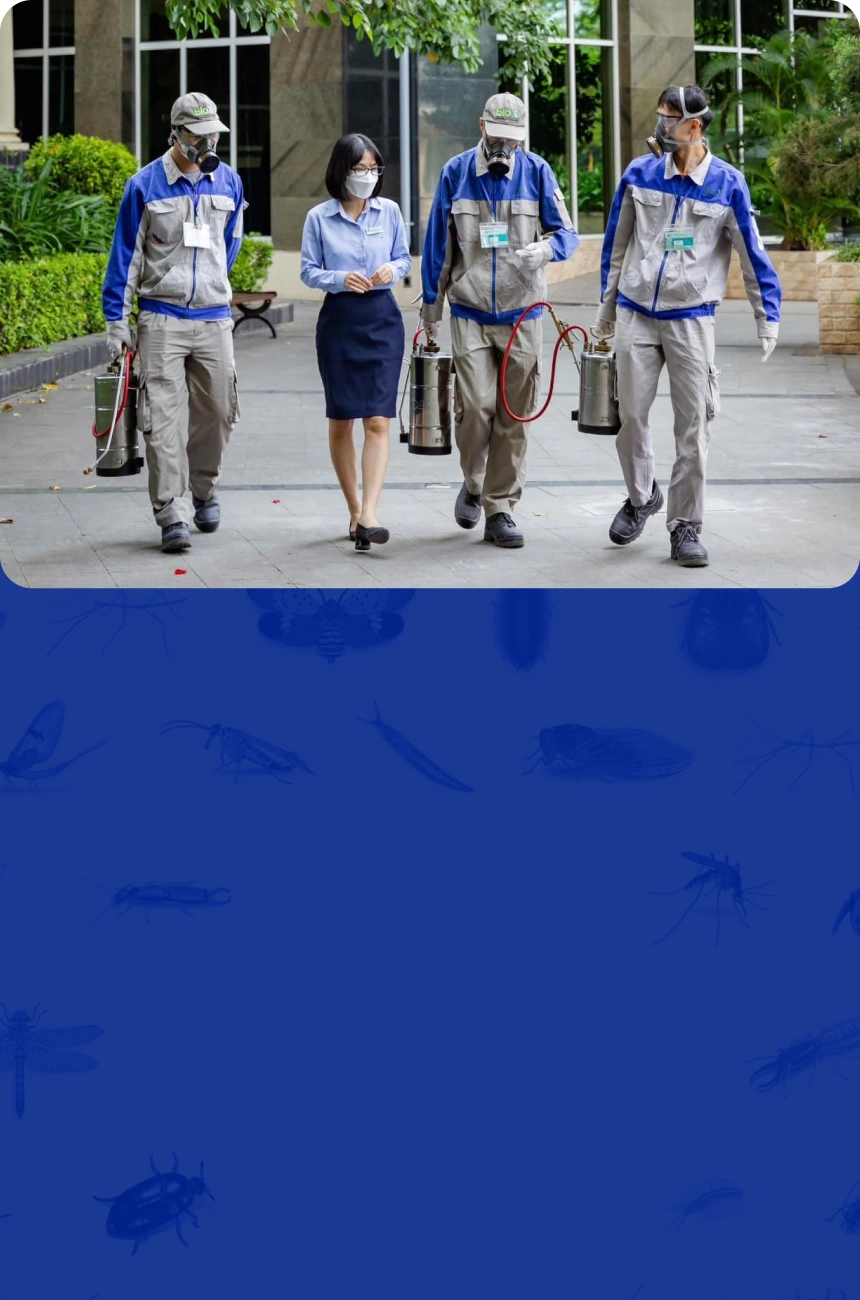How to Help Get Rid of Bed Bugs Quickly and Effectively
1. Identify All Infested Areas
Although treating a small infestation is much easier and less expensive than dealing with a large one, smaller infestations can be harder to detect. You might notice bed bug bites before seeing actual evidence of the bugs themselves.
Bed bugs are only about 5 mm in size—smaller than a pencil eraser. They reproduce quickly and can live for months between blood meals. A female bed bug can lay up to 500 eggs in her lifetime.
Their small, narrow bodies allow them to squeeze into tiny spaces, such as mattress seams or couch crevices and folds in curtains.
Other common hiding places include:
- near mattress tags and box springs
- in cracks in bed frames and headboards
- in baseboards
- between couch cushions
- in furniture joints
- inside electrical outlets
- under loose wallpaper
- behind wall hangings and posters
- in seams where wallpaper and ceiling meet
Use a flashlight and magnifying glass to inspect all these areas carefully.
You may detect signs of bed bugs in the following ways:
- live bed bugs, reddish and about 1/4 inch long
- bed bug droppings, small black dots about the size of a period
- reddish stains on your mattress from crushed bugs
- small, pale yellow eggs, eggshells, and yellowish shed skins from juvenile bed bugs
If you’re unsure whether you’ve found a bed bug, place it in a sealed jar and bring it to a pest control professional or entomologist for identification. Other bugs may resemble bed bugs.
Learn more about what bed bugs look like and how to identify them.
2. Contain the Infestation
Once you know you have bed bugs, you need to keep them contained to eliminate them. A quick and simple way to trap bed bugs is by vacuuming suspected hiding spots—beds, furniture, carpets, electronics like TVs, and more. Seal the vacuumed contents in a plastic bag and dispose of them. Then thoroughly clean the vacuum.
Seal all affected bedding and clothing in plastic bags until they can be laundered. Wash and dry them on the highest heat settings, or place them in the dryer for 30 minutes on high heat.
Items that can’t be cleaned in a washer or dryer should be sealed in plastic bags and left untouched for several months up to a year until all the bugs die. If furniture can't be safely cleaned, it should be discarded.
3. Prepare for Bed Bug Treatment
Before starting treatment, preparation can improve your success rate. Make sure all bedding, carpets, curtains, clothing, and other hiding places are either cleaned or discarded (see Step 2).
Next, clear up any clutter that bed bugs could hide in:
- Pick up books, magazines, clothes, and anything else off the floor and from under the bed.
- Discard anything you can.
- Don’t move infested items from an infested room to a clean one, as this may spread the infestation.
- Seal cracks in furniture and along baseboards.
- Tape over open electrical outlets.
4. Kill the Bed Bugs
First, try non-chemical methods to eliminate bed bugs. These pests are vulnerable to extreme heat of 115°F (46.11°C) or freezing temperatures at 32°F (0°C).
Here are a few non-chemical treatments:
- Wash bedding and clothes in hot water for 30 minutes. Then dry them on the highest heat setting for another 30 minutes.
- Use a steam cleaner on mattresses, sofas, and other hiding spots.
- Pack infested items in black plastic bags and leave them outside on a hot day reaching at least 120°F (49°C) or inside a closed car for at least 90 minutes. In cooler weather, it may take 2 to 5 months to kill sealed bugs.
- Place infested items in a freezer at 0°F (-19°C). Use a thermometer to ensure temperature and leave them there for at least 4 days.
After visible bed bugs are removed, make the area uninhabitable for remaining bugs. Encase your mattress and box spring in bed bug-proof covers. Zip them up fully. Any bugs trapped inside will die, and new ones won’t be able to enter.
5. Monitor and Prevent Future Bed Bug Infestations
It can take time to fully eliminate bed bugs. Before declaring your treatment successful, you need evidence that bed bugs are gone. Check infested areas about once a week for signs of activity.
To detect remaining bugs after treatment, place bed bug interceptors under each bed leg. These devices trap bed bugs before they can climb onto your bed. You may need to keep monitoring them for up to a year.
Bed bugs are resilient. Just when you think they’re gone, they may reappear. You may need to try multiple treatments to fully control the infestation. If they persist, contact a professional exterminator.
6. Call in a Professional
If you can’t get rid of bed bugs on your own, it’s time to call in the experts.
Pest control companies have access to chemicals and other treatment methods that you don’t. They can use insecticides that kill on contact and remain in cracks and furniture to kill bugs over time.
They may also use whole-room heat treatments, bringing in equipment to heat the room to between 135°F and 145°F (57.22°C–62.78°C), hot enough to kill bed bugs.
Before the exterminators arrive, they’ll give you instructions on how to prepare your home. Follow their directions carefully for the best chance at full extermination.
Professional treatments typically require 2 to 3 visits to be effective. After each session, you may need to stay out of treated rooms for a few hours until the insecticides dry.
7. Prevent Bed Bugs from Returning
Once the bed bugs are gone, take steps to keep them from coming back:
- Keep clutter to a minimum. Don’t leave papers, magazines, clothes, or other items on the floor.
- Cover mattresses and box springs with bed bug-proof encasements and fully zip them closed.
- Regularly vacuum and clean bedding, furniture, curtains, and carpets.
- Seal cracks around outlets, baseboards, and light sockets to block entry points.
- When traveling, inspect hotel rooms for bed bugs to avoid bringing them home. Don’t place luggage on the floor; use luggage racks instead.
- After returning from travel, run clothes through a hot dryer for at least 30 minutes. Consider treating or sealing your luggage as well.
Featured Video







